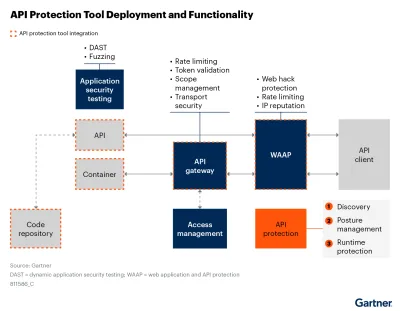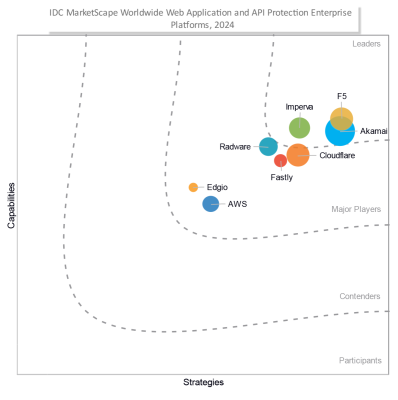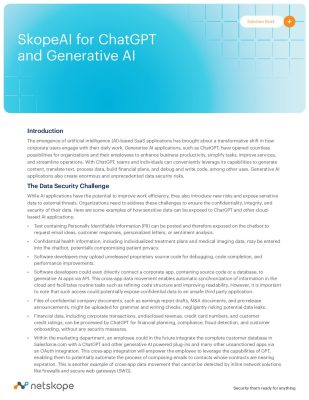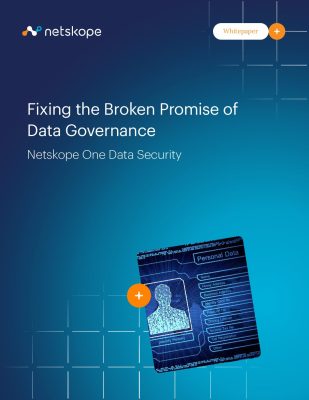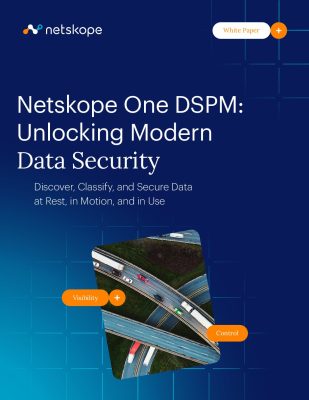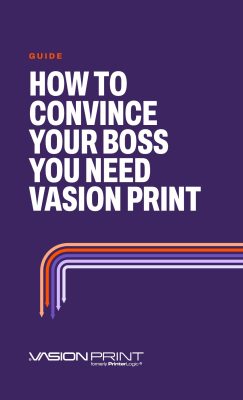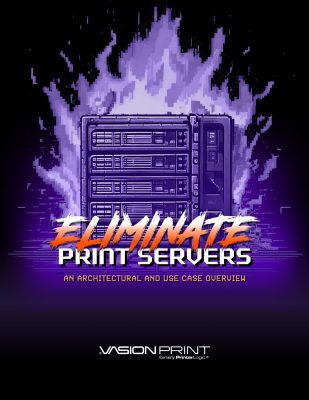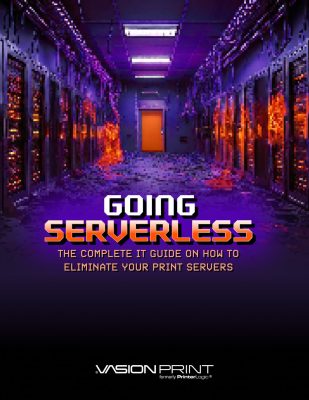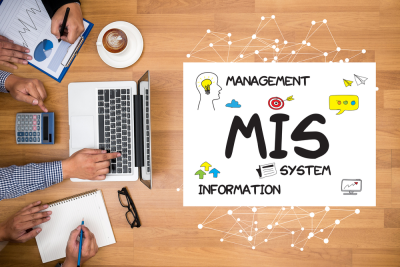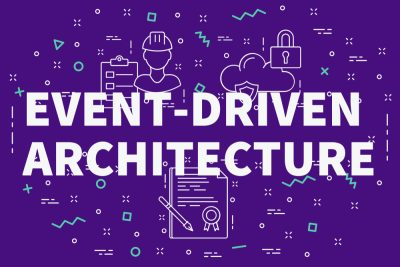As you noticed the blog topic, I plan to take you through talent and competency management today and how they are integral to every organization.
‘Working the best with the resources we have’ fits in very well with the work from home and pandemic scenario we are currently facing. And talent management and competency management become all the more critical now, with millions of workers grappling with the work-life situation and keeping a tight noose on their competencies.
As Mr. Pankaj Kathuria, Founder of a leading Indian talent acquisition firm Arminus Software Private Limited, states, “With the onset of COVID-19, it is imperative to adopt and adapt the new normal. From acquiring new skill sets, bringing resilience at work, cost-effective training, and most importantly, digital training methods are paving the path to the future.”
He also adds, “Talent acquisition is all set to undergo huge impactful changes that will redirect the workforce into optimizing, global scaling, and seamless hiring experience thereby delivering rewarding employee performance. What, however, is magnified is to predict and prepare the workforce and its behaviour in the face of such extraordinary otherwise critical occurrences. It’s high time to evaluate, analyze, and address the concerns of mental health of the workforce which, in turn, will ensure positive continued productivity.”
How are both complementary?
Talent and competency management are closely related and can be understood as the first cousins in an HR family.
The HR team is instrumental in hiring and matching talent on the basis of the job role and the culture of a company. Talent and competency management are complementary and required by each and every organization.
An HR has to be very clear and clever, be it for picking an intern or an executive director.
While talent management strategy comprises recruitment, employee onboarding, performance management, and learning and development of employees, competency management serves well when selecting and retaining them.
Competency management helps make the employee’s journey fruitful.
In my 10-year writing and editing career, I have rubbed elbows with a number of HR professionals across genres. The only striking quality I would appreciate in an HR personnel is his eye for detail and logical understanding for matching the job role with a prospective candidate’s competencies.
Competency management software
It is definitely not a cakewalk for a company’s HR to handle a few hundred, or thousands, for that matter, of employees and track their competency levels. But we are lucky to be born in the 21st century that we get to play around with so many mind-boggling varieties of technologies.
A number of competency management software programs are available in the market that not only makes your job easier but help you shine like a king in your organization.
Easy to operate, these competency management software track employee competencies, aid them with their learning and development needs, and be modified as per the company’s evolving requirements.
Some of the renowned and efficient names in the industry include Kahuna, Avilar, CABEM Technologies, Lexonis, and TalentGuard.
Most of this software is cloud-based these days to cater to the growing demands of different industries. They have an easy subscription model and comes in all shapes and sizes to satiate all your career pathing, competency development, performance management, and succession planning needs.
Difference between talent and competency
When I say talent and competency management are complementary, some of you might club it into one category.
Make no mistake, talent and competencies are two different worlds altogether. Talent is a broad, all-encompassing term, and competency is one cog in the talent wheel.
We may say that a person is talented, but does he fulfill a company’s competency requirement is a topic for another day.
Therefore, attuning a cohesion between talent and competency becomes an important task for HR to ensure those steady revenues as an end result.
How do they add value to an organization?
As we established the complementary nature of both talent and competency management and laid out the difference between talent and competency, let’s explore how they both add value to an organization.
Competencies are the cornerstone and starting point of high-performance talent management.
The current techno-savvy and automated competency management help create a predictive and real-time inventory of the ‘talent’ and potential of any workforce.
This process saves huge bills for the company in identifying strengths and rectifying the skills gap of the employees by course correction.
As per a research article, Talent Management and Value Creation: A Conceptual Framework, “Our definition of human talent management is based on identifying the pivotal competencies of key positions/projects, make a substantial investment in developing these competencies in a group of high performers (Hipe) and high potentials (Hipo) available in a talent pool of organization, and create a culture of talenting/knowledge sharing/mutual development towards a value driven organization.”
Competency management offers the following benefits to:
- Employees: competencies offer an overview of the standards of excellence for current and potential future job roles. This helps the employees work toward a great performance ideal.
- Managers: competencies offer them means to shortlist and develop employees to their highest capabilities, apart from guiding for the performance review.
- Organizations: competencies offer a holistic action plan shadowing the values important for the success and ROI (return on investment) of the organization.
Thus, an organization’s sustainability depends a lot on its competency model. A competency model defines a job role in detail for an employee to achieve greatness and the organization to gain a competitive advantage amongst its peers.
By now, you have must have gotten thorough knowledge about talent and competency management. In our next segment, we will take you through various actionable competency models and their principles. Don’t go anywhere!

